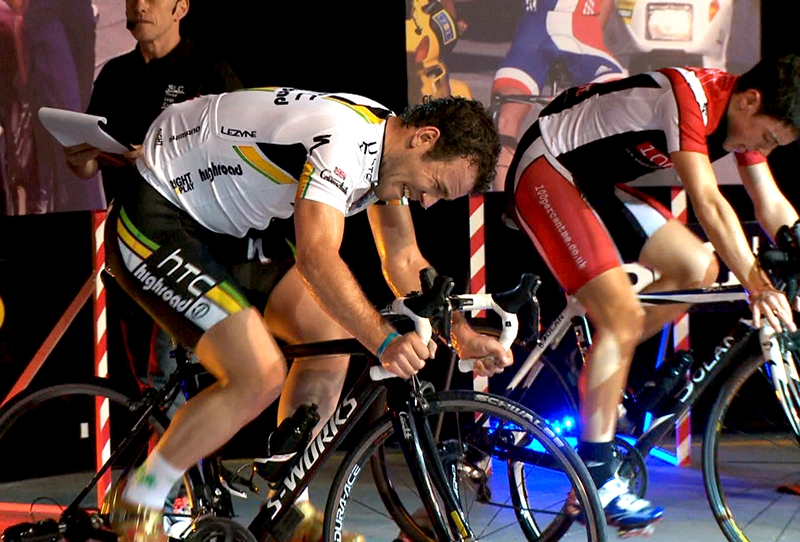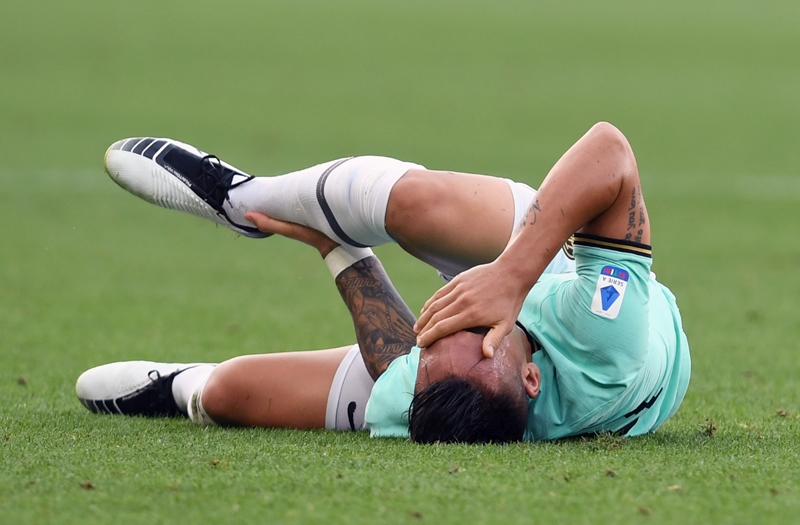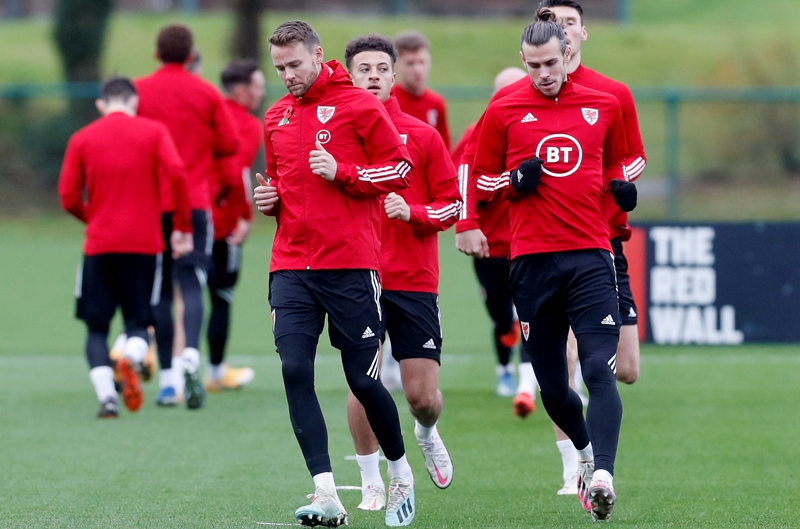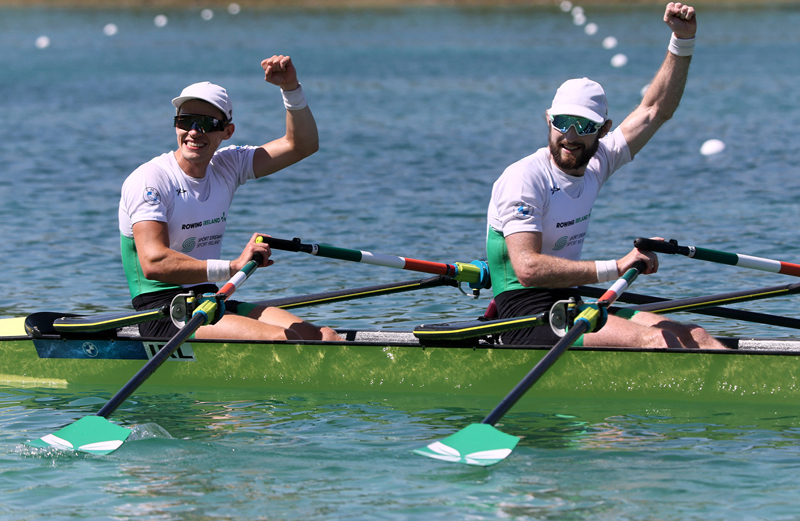You are viewing 1 of your 1 free articles. For unlimited access take a risk-free trial
Soccer fitness: endurance matters but intensity is king!
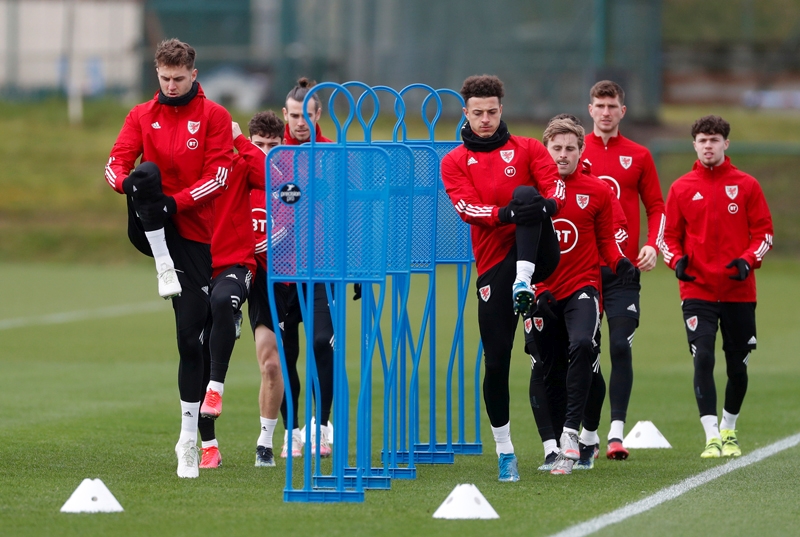
Alan Wells outlines the fitness requirements of elite soccer and provides evidence-based recommendations for coaches and players
Abraham Lincoln once said “Give me six hours to chop down a tree, and I will spend the first four hours sharpening my axe”. Preparation is no less important in competitive sports such as soccer. The physical demands of competitive soccer mean that all aspects of a player’s development are increasingly scrutinised in the attempt to gain a competitive edge. As the intensity and speed of play seems to be ever increasing, particular focus has been placed on the physical preparation of elite players.Physical demands of elite soccer
Over the course of a game, players are required to perform bouts of sub-maximal running interspersed by high-intensity runs and dynamic actions such as jumps, tackles, turns and kicks. Further analysis reveals that a player makes on average over 1,000 changes in playing activity during a game, which equates to a change in movement every four to six seconds. The total distance covered during a game while performing such variable activities typically ranges from 10 to 12km. Although 85 to 90% of the many activities a player performs are at low- or sub-maximal intensities, it is important to note that the distance run at a high-intensity is significant. With the exception of central defenders (see figure 1), elite outfield players in the English Premiership typically run in excess of one kilometre (0.6 miles) at a high-intensity (over 19.8kmh or 12.5mph) during a game (see table 1).Table 1 – Running speed classification (as used by Prozone match analysis software)
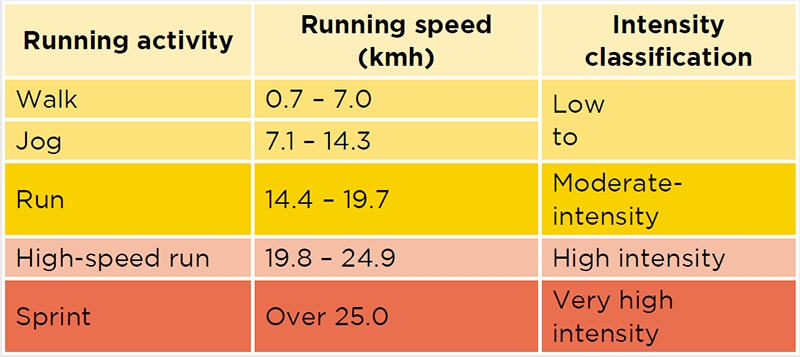
Interestingly, the total distance covered during a soccer game is actually a poor gauge of the physical demand placed on a player as it largely consists of walking and jogging, which are not physically demanding activities for a trained athlete. Instead, it is the distance covered performing high-intensity running that is a more valid and reliable indicator of a player’s performance capability - even though it constitutes a much smaller proportion of a player’s activity profile. There are several reasons why this is true(1):
- During the second half of a game, the volume of high-intensity running can be 35 to 45% less than in the first half without a reduction in low-intensity running.
- Elite soccer players run further at a high-intensity during a game than moderate-standard players.
- It is during high-intensity periods of play that the outcome of a game is often decided.
Figure 1 – Positional breakdown of workload intensity during an English Premiership game
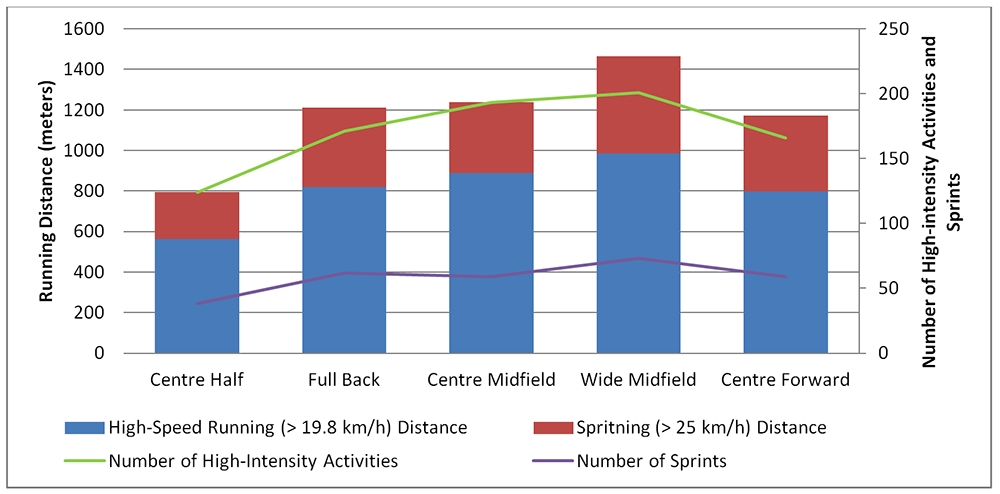
Understanding measures of aerobic fitness and soccer performance
Extensive physiological assessments of soccer players have been undertaken to try and explain the importance of aerobic energy provision for the performance of high-intensity soccer-specific exercise. The maximal aerobic capacity (known as VO2max) of soccer players typically ranges from 56-65mls/kg/min. Such a range in VO2 max values appears to be the result of positional differences in aerobic fitness, with midfielders and fullbacks typically possessing the greatest aerobic capacity, followed by forwards and then central defenders.A high VO2 max is advantageous for soccer performance as it is associated with enhanced recovery capabilities following high-intensity exercise. Direct support for the importance of aerobic capacity for soccer performance was provided by a Scandinavian study; this found that increased VO2max by 11% was associated with a larger number of sprints performed during a game(2). Additional research has also shown the distance run in a test of soccer-specific high-intensity running capacity to be positively correlated with VO2max in elite players – ie higher VO2max results in greater high-intensity running capacity(3).
However, there is also evidence to suggest that VO2max alone might not be associated with the amount of high-intensity running performed during elite match-play. A study by a separate Scandinavian research group found a player’s performance in a soccer-specific fitness test to decrease markedly after three weeks of inactivity even though their VO2max remained unchanged(4). Another study performed around the similar time also noted performance in a test of soccer-specific fitness to increase considerably (by 25%) following an intense period of pre-season training, but with only a relatively small improvement in VO2max (+7%)(5).
Oxygen uptake kinetics and soccer performance
Although aerobic capacity is clearly of some importance for elite soccer performance, other physiological factors seem to influence a player’s level of soccer-specific fitness. It might be the case that this traditional measure of aerobic fitness is not in fact sensitive to the aerobic processes that benefit soccer performance. An alternative aerobic measure that has received relatively little attention within football is a player’s oxygen uptake kinetics (VO2 kinetics) response to intermittent exercise. The measurement of VO2 kinetics reflects the rate at which oxygen uptake at the muscle responds to a change in exercise intensity – ie how quickly oxygen can be delivered when the player’s muscles demand a sudden increase. VO2 kinetics likely plays a key role in determining elite soccer performance because:- The quicker a player’s aerobic metabolism responds to an increase in running speed, the smaller the oxygen deficit and so consequently less reliance on fatigue-inducing anaerobic energy systems – ie the build up of muscle acidity, which is associated with excess lactate production and resulting fatigue.
- A quick VO2 kinetic response to an intense exercise demand (eg soccer sprint) indicates enhanced phospho-creatine (a short-term muscle fuel used for very high-intensity work such as sprints) re-synthesis, and fast removal of muscle acidity - processes that both speed muscle recovery in readiness for further running (see figure 2).
Figure 3: An example of fast VO2 kinetic responses to the beginning of a high-intensity run
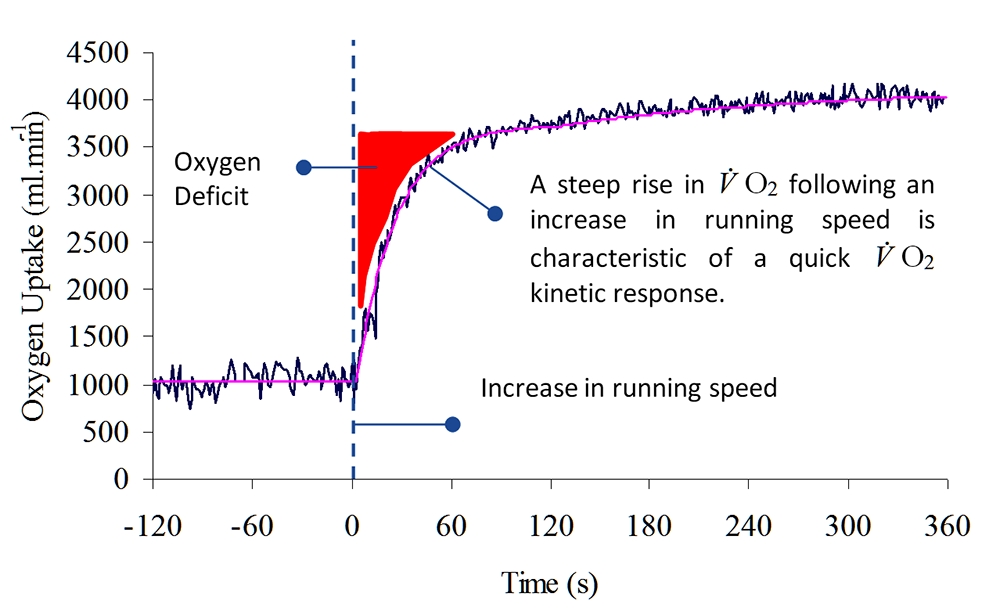
How important is VO2 kinetics?
The concept that quick VO2 kinetics can benefit soccer-specific fitness is an attractive concept because studies show that professional or elite standard players who possess a greater level of soccer-specific fitness have quicker VO2 kinetic responses to the beginning of exercise than non-professional or moderate standard players and that it is VO2 kinetic measures and not VO2max that seems to distinguish between players of a differing standard(6,7).Unfortunately however, these findings have only related the VO2 kinetic responses of players to performance in running tests involving prolonged exercise and recovery periods that follow fixed work to rest ratios. In reality however, the nature of exercise in elite soccer fluctuates so rapidly and unpredictably, it is conceivable that there is insufficient time to gain any physiological advantage from possessing quick VO2 kinetics. For example, a typical sprint in an elite soccer game only lasts between two to four seconds, which is insufficient time for the development of a large oxygen deficit.
Furthermore, research has found that in professional and amateur soccer players who are matched for VO2max and VO2 kinetics, the professional players outperform the amateurs in tests of high-intensity intermittent running capacity and repeated sprint capability(8). Given this, it could be that the ability of soccer players to tap into anaerobic energy production (ie fueled by the breakdown of muscle carbohydrate without the need to for oxygen) could be more important than realized.
Is anaerobic fitness the answer?
The notion that it is a player’s anaerobic and not aerobic capacity to produce energy that is decisive for elite soccer performance is an interesting concept. A large anaerobic capacity would be of benefit to an elite soccer player as it would provide greater amounts of energy for muscle contraction during repeated bouts of high-intensity running where the energy requirement cannot be met by aerobic metabolism – ie fueled by oxygen Evidence for this hypothesis is provided by two similar studies. These reported a period of very high-intensity running training improved times to exhaustion at high speeds (higher than that required to elicit VO2max). Importantly, while theses times were matched by an increase in anaerobic capacity, no significant changes were observed in VO2max(9,10).In a later study by researchers at Sheffield Hallam University UK, professional soccer players performed a 6-week high-intensity running program in addition to their normal training regime(11). Players were randomly placed into either a training group who performed the extra training, or control group who just performed their normal training timetable. After six weeks, the players in the training group improved their yo-yo intermittent running test scores in line with their increase in anaerobic capacity – but without significant changes to VO2max or VO2 kinetics. In contrast, the control group showed no change in any measure (see figure 3).
Figure 3: – Yo-yo performance and anaerobic capacity of elite soccer players
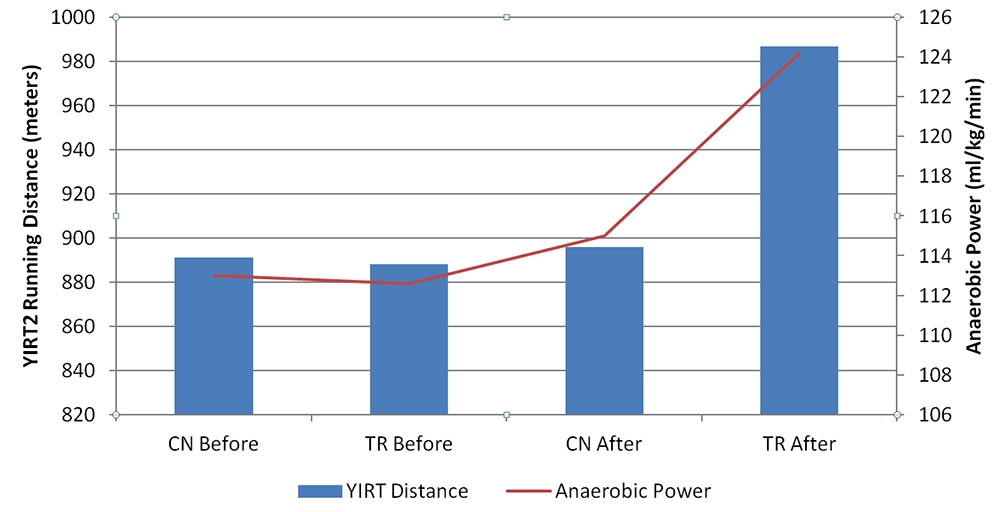
These observations have powerful implications for the training practices of elite players seeking a competitive edge: once a player has conditioned their aerobic metabolic system to a relatively high level, it might be far more advantageous to focus training towards the development of anaerobic fitness and anaerobic capacity in particular. Such a training-induced adaptation will allow for the performance of more high-intensity runs during the decisive periods of a game, enabling players to perform more match winning activities at a greater intensity.
Practical recommendations
Due to the large number of games elite soccer players are required to play, there are very few opportunities during the competitive season where prolonged periods can be dedicated to the specific improvement of running capability. On that basis, if relatively large improvements in soccer-specific fitness can be achieved by utilizing high-intensity training programs that augment anaerobic capacity, then this is likely to be of considerable relevance to conditioning coaches and sports scientists working with professional soccer players.Applying the science:
- Although it is advantageous to have a well developed aerobic capacity, once such a level of capacity has been achieved, the design of subsequent training programs should aim to maintain this element of fitness while allocating more time to developing a player’s anaerobic capabilities.
- To develop anaerobic fitness, the body’s phosphate and glycolytic systems must be overloaded using a number of short bursts of very high intensity running. Although very intense (way above that which corresponds to VO2max) this training should be short in duration (indeed will have to be due to the development of fatigue). The good news however is that this mode of training is time efficient, low volume and can be performed in addition to a player’s normal training program. Due to the high number of competitive games an elite player plays, this mode is actually more favorable than aerobic training programs, which require much greater running distances and time commitments.
- When designing a high-intensity training program to develop anaerobic capacity it is crucial that the volume, intensity and work to rest ratios of the exercise bouts are closely controlled to maximize physiological adaptations. Runs performed maximally for 20 seconds will ensure the phosphate system is maximally taxed while also requiring significant ATP contribution through anaerobic glycolysis. Although aerobic contribution to energy production is inevitable (as the high-intensity running is repeated), a work to rest ratio of either 1 to 3 or 1 to 4 will ensure that sufficient recovery occurs, allowing anaerobic energy provision to significantly contribute rather than overly relying on aerobic metabolism. Sets of six runs is a practical starting point, the number of sets performed will depend on the training history of the player and stage of the season.
- To ensure additional anaerobic training is as effective as possible it should be position-specific, incorporating running activities or small-sided game formats that mimic the demands placed upon a player during a competitive game. For example, fullbacks and wide midfielders tend to perform the most high-intensity running, often in a linear fashion and over longer, prolonged distances. In contrast, central midfield players will cover more of their high-intensity distance performing shorter type runs involving more frequent changes of direction. Consequently, any training program should be designed to reflect such subtleties, as attention to detail is vital for success!
- Finally, training to improve anaerobic capabilities is tough and requires a good level of motivation from players and encouragement/explanation from coaches and trainers. Also, continued commitment to the program is crucial if the competitive edge is to be achieved!
- 'Managing high-speed running load in professional soccer players' SPSR 2019 March (53) volume 1
- Med Sci Sports Exerc 2001; 33: 1925-1931.
- Med Sci Sports Exerc 2003; 35: 697-705.
- Proceedings 52nd Annual Meeting of ACSM 2005: pp 518.
- J Sports Sci 2003; 21: 519-528.
- Eur J Appl Physiol 2005; 95: 27-34
- Eur J Appl Physiol 2010; 108: 401 - 409
- J Sports Med Phys Fitness 2012; 52: 245 - 254
- J Sports Med Phys Fitness 2001; 41: 281-290.
- Int J Sports Med 1982; 3: 18-21.
- Relationship between pulmonary oxygen uptake kinetics and high-intensity running performance in professional soccer players. shura.shu.ac.uk/20676/
Newsletter Sign Up
Testimonials
Dr. Alexandra Fandetti-Robin, Back & Body Chiropractic
Elspeth Cowell MSCh DpodM SRCh HCPC reg
William Hunter, Nuffield Health
Newsletter Sign Up
Coaches Testimonials
Dr. Alexandra Fandetti-Robin, Back & Body Chiropractic
Elspeth Cowell MSCh DpodM SRCh HCPC reg
William Hunter, Nuffield Health
Keep up with latest sports science research and apply it to maximize performance
Today you have the chance to join a group of athletes, and sports coaches/trainers who all have something special in common...
They use the latest research to improve performance for themselves and their clients - both athletes and sports teams - with help from global specialists in the fields of sports science, sports medicine and sports psychology.
They do this by reading Sports Performance Bulletin, an easy-to-digest but serious-minded journal dedicated to high performance sports. SPB offers a wealth of information and insight into the latest research, in an easily-accessible and understood format, along with a wealth of practical recommendations.
*includes 3 coaching manuals
Get Inspired
All the latest techniques and approaches
Sports Performance Bulletin helps dedicated endurance athletes improve their performance. Sense-checking the latest sports science research, and sourcing evidence and case studies to support findings, Sports Performance Bulletin turns proven insights into easily digestible practical advice. Supporting athletes, coaches and professionals who wish to ensure their guidance and programmes are kept right up to date and based on credible science.

